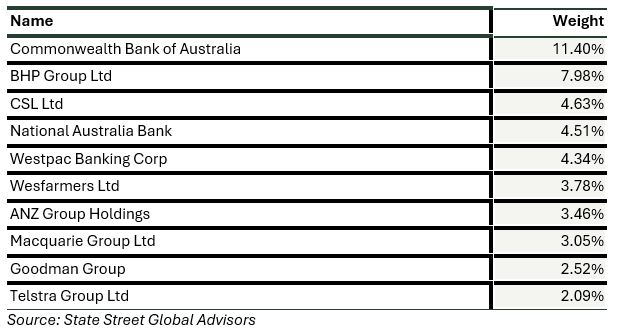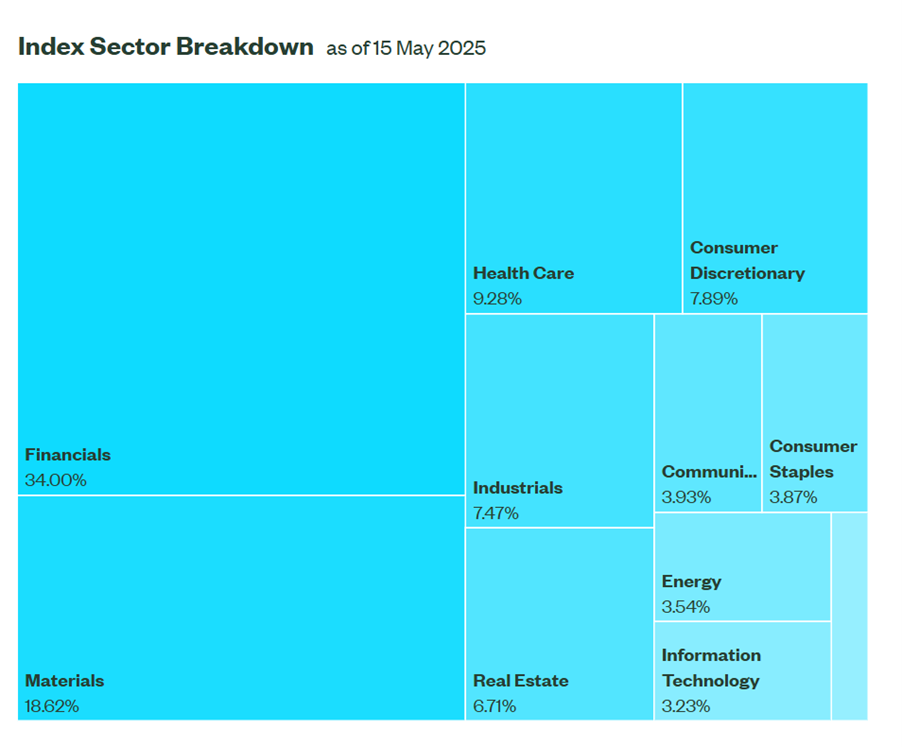As a follow up to last week’s article on the major banks (see https://switzerreport.com.au/which-expensive-bank-2/ ), I want to address two of the most widely asked questions by investors. The first question is: Why can’t the market sell CBA? And the second is: Why is CBA so expensive? I also want to add an update following CBA’s third quarter trading update that arrived last Wednesday.
Let me recap…
“My view on the banks is that they are super expensive. Long term investors should consider reducing their sector exposure. Comparing the banks, the differences are at the margin, so it is arguably more important to get the sector allocation right rather than the individual bank. However, within the sector I am going to stick to the barbell approach – the most expensive and the cheapest. I am going for CBA and ANZ.”
So why do I include CBA? The answer is simple: the market doesn’t want to sell it…yet. By “the market” I mean the large fund managers (mainly super funds) and professional investors who drive the direction of the market. Some retail investors also don’t want to sell because they will crystalise huge capital gains. But let’s stick with the institutional market and why they can’t sell.
5 reasons for the market not selling CBA
- Firstly, it is just the mathematics of large numbers. Commonwealth Bank is currently weighted at 11.4% of the S&P/ASX 200 index. It is more than twice the size (by market capitalisation) of NAB and Westpac, and three times the size of ANZ (see table below).
Index Top 10 Holdings as of 15 May 2025

A fund manager who is underweight CBA (i.e. has materially less than 11.4% of their portfolio invested in CBA), or is overweight, is taking on a huge risk of underperformance or outperformance. All performance is measured relative to the index, and the big fund managers just don’t take those sorts of risks.
- Secondly, if they sell CBA, where do they invest? Other banks, possibly, but they also look expensive (just not as expensive). With financials making up 34% of the S&P/ASX 200 index, if a fund manager is underweight financials, they effectively have to turn to sectors, such as materials or health care, to invest the volume of funds. Unlike retail investors, they simply can’t go to cash.

Source: State Street Global Advisors
But if they are bearish or cold on resources, because commodity prices have been falling and the growth outlook in China is uncertain, the challenge of investing these funds becomes even harder. And if healthcare is also on the nose, because President Trump’s policy on pharmaceuticals is unclear and the sector is not firing in the USA, the challenge becomes even more difficult. Our super funds are so big relative to the size of our market, if they don’t like the biggest sector or the biggest companies, it is really hard for them to invest the volume of funds into other stocks.
- Thirdly, the professionals aren’t selling…yet. According to the latest ASIC figures, only 1.12% of Commonwealth Bank shares are short sold. Historically and compared to other companies, this is practically nothing.
- Fourthly, index funds need to keep buying. One of the biggest drawbacks to passive investing is that the more the price of a stock rises, the more index funds need to buy (because the stocks relative weight in the index is increasing). Conversely, the more the price declines, the more index funds need to sell. This is arguably illogical.
- Finally, back to fundamentals, CBA continues to outperform the other major banks. Here’s a simple comparison of the financial numbers from last week:
- CBA’s operating performance (income less expenses, excluding bad debts) up 1% on the previous half and 6% on the corresponding quarter. ANZ down 2% on the half, NAB up 1.9% and Westpac down 1.9%.
- CBA’s net interest income margin was flat, other banks down around 2 basis points.
- Expense growth circa 1% (other banks around 2%).
- Volume growth around system (business loans 1.3x, home loans 0.9x), other banks lower.
- CBA’s net profit for the quarter $2.6bn (run rate $5.2bn for the half year), the other majors reported a net profit of $3.5bn to $3.6bn for the half year.
What do the brokers say?
The major brokers continue to be bearish on the banking sector and CBA in particular. The latter is nothing new, they have considered CBA to be overvalued for most of the last decade. They have been horribly wrong!
To be fair on the major brokers, I have also been wrong on the CBA, but only for the last 12 months or so. I have been a seller of CBA since it hit about $130.
Back to the brokers, the table below details the current recommendations and target prices. The consensus target price of $109.23 is 35.9% lower than Friday’s closing ASX price of $170.

On multiples, they have CBA currently trading on a multiple of 28x forecast FY25 earnings and 27.2x forecast FY26 earnings (other banks 12.7x to 16.4x). The prospective yield for CBA is a paltry 2.8%.
Here’s how to play CBA
While the “whole” market believes CBA to be expensive, I don’t think there will be a major sell-off until the market wants to buy the resource stocks (BHP, RIO, FMG, S32 etc). It needs an alternative.
If you think this is imminent, then be more aggressive with your selling of CBA. Otherwise, continue to nudge them out (this is what I am doing). I am now moderately underweight the sector, having come from a position of being overweight banks for some years.
And investors who look at CBA for income should consider carefully the actual income return. The 2.8% dividend yield, when grossed up for franking, is just on 4%. I can get a CBA Term Deposit (Government guaranteed, no equity risk) today online for 10 months paying 4.2%.

